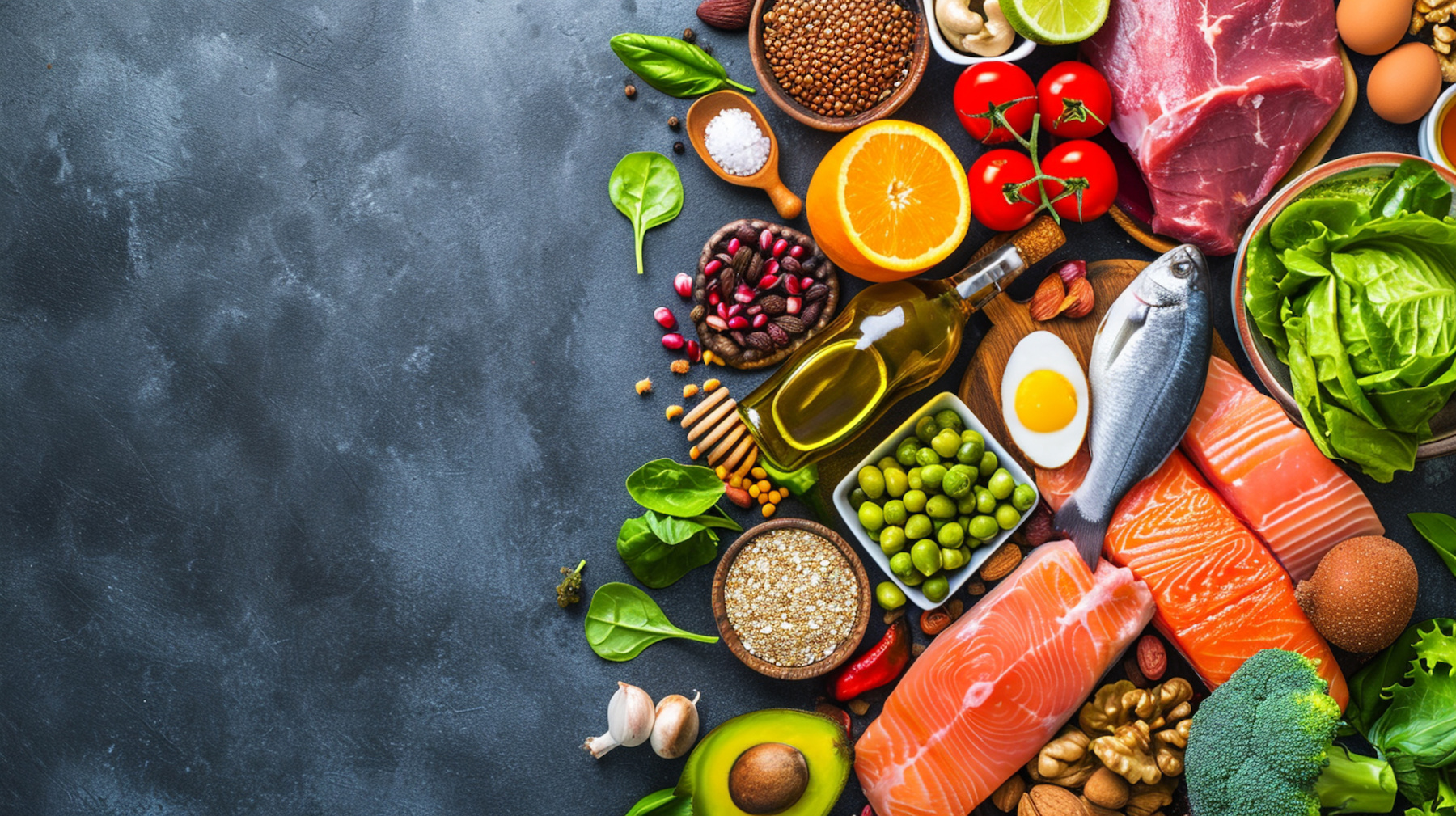

It’s estimated that 50 million American adults suffer from significant chronic pain. That is an astounding number of people who are suffering from debilitating pain!
Pain that prevents them from doing the things that the love.
Pain that impacts their quality of life.
As a country, we consume 99 percent of world opioid supply. And as you probably know, opioid abuse, as well as accidental opioid overdose, has become an issue of epidemic proportions, killing one American every hour.
The discussion of chronic pain has moved beyond the realm of unease to serious concern.
Four major factors that I believe are contributing to chronic pain in America are:
- Increasingly sedentary lifestyles
- Diets packed full of harmful foods that lead to inflammation
- Lack of enough good quality sleep
- Stress
Most of us understand that lifestyles which lack movement can cause weight gain and weak muscles, leading to a cascade of health complications including increased pain – basically, “if you don’t use it, you lose it.”
What might be news to you though, is that the foods you’re eating could be directly causing your pain.
Pain, by definition, is “due to the direct effects of mediators, either from initial damage or the resulting inflammatory response itself.” Meaning that inflammation is what causes your neurons to fire and tell your brain, “hey, something’s not right here – time to investigate.”
Typically, in pain caused by an injury for example, we feel it because the tissue swells and increases blood flow to the area. That’s how we come to notice it.
So, if pain is caused by inflammation, isn’t it a pretty logical conclusion to say that inflammatory foods could cause chronic pain responses?
How What You Eat Could Be Causing Your Pain
We actually know that inflammatory food can cause chronic pain, it’s why anti-inflammatory diets are gaining traction.
And since we are all about finding health solutions here at Arizona Wellness Medicine, I’d like to show you some of the best foods you can incorporate into your diet to reduce overall inflammation and set you on the path to a better existence.
Imagine waking up less stiff, being able to play with your kids or grandkids more easily, and best of all – not having to even consider what you can or can’t do because of your pain.
I want you on the path to a pain-free life and I truly believe one of the best ways to get started is through eating anti-inflammatory foods and eliminating inflammation causing foods.
Top 7 Foods for Reducing Pain
Between eating good pain-fighting foods and eliminating the three pain reducing foods recommend below, you’ll likely be surprised at what a change in diet can do for you and your pain. First, let’s take a look at foods that are great for reducing pain.
- Omega-3s – This is priority number one. We should have an omega-6 (inflammatory) to omega-3 ratio (anti-inflammatory) as close to 1:1 as humanly possible. The sad truth is, most American’s have a ratio closer to 20:1.
As a country, we need to up our omega-3 intake and reduce our omega-6 consumption. The best way to do that is through eating more of these foods (listed from highest omega-3 content to lowest):
- Mackerel
- Salmon oil
- Cod liver oil
- Sage oil
- Walnuts
- Chia seeds
- Flaxseeds
- Tuna
- Sardines
- Hemp seeds
Foods that are high in omega-6s and should be avoided include conventional beef, vegetable oils, peanuts, and processed, packaged foods.
- Ginger – Ginger is both anti-inflammatory and anti-oxidative. Luckily, it’s also delicious. Add fresh or dried ginger to your food as often you can or try taking it in supplement form. Either way, ginger is considered one of the best spices for reducing overall inflammation in your body.
- Turmeric – Turmeric is gaining major media attention for its anti-inflammatory properties, and for good reason. The primary compound found in turmeric is called curcumin and it’s been observed to be more potent than either aspirin or ibuprofen for relieving pain.
- Green tea – You have probably heard how great green tea is for you, but you might not know why. Green tea is packed with a polyphenol called epigallocatechin-3-gallate (EGCG). EGCG prevents inflammation by correcting overproduction of pro-inflammatory cytokines. EGCG is basically a helpful little guy who keeps the inflammation party from getting out of control.
On top of that, EGCG also has antioxidant properties, which is a huge bonus. The antioxidants scavenge those nasty free radicals that can cause DNA damage. Now you see why health gurus rave about the benefits of green tea? It’s packed with beneficial properties.
- Dark chocolate – Finally, one indulgence you don’t have to overthink. Dark chocolate is packed with antioxidants and flavanols, which have strong anti-inflammatory properties. The only thing you need to be sure of when it comes to dark chocolate, is that it’s at least 70 percent cocoa in order to gain the benefits.
- Avocados – Avocados are packed with omega-3s, magnesium, potassium, carotenoids, tocopherols, and a compound called AV119. AV 119 has been shown to reduce inflammation in keratinocytes, or young skin cells.
Check this out: One study found that people who ate hamburgers with a slice of avocado on them showed less markers of inflammation than those who ate a hamburger without avocado.
- Beets – Beets get their vibrant and beautiful color from a compound called betalain. Betalain is an antioxidant and anti-inflammatory. Studies have shown its great for reducing oxidative stress and inflammation throughout the body.
Top 3 Food Related Factors That Cause Pain
In addition to eating anti-inflammatory foods there are also foods you should stop eating immediately if you’re suffering from chronic pain.
- Common allergens and sensitivities – Food allergies and sensitivities cause inflammation. Therefore, even if you can tolerate foods that you’re sensitive to you might want to avoid them. Also, you may have low grade allergies and sensitivities to foods such as gluten, corn, soy, eggs, or dairy. I recommend doing a 30-food elimination plan to figure out what foods your body is sensitive to.
- Fried food – Fried foods are usually deep fried in vegetable oils, which are the absolute worst for inflammation. If you are struggling with chronic pain, I urge you in the strongest way possible to stop eating fried foods.
- Sugar and processed foods – Processing practically removes all nutrients from foods. On top of that, processed foods usually have all kinds of crazy chemicals in them that we aren’t used to digesting. These can causes inflammation in the body. The less processed foods you eat the better, and that’s a fact.
I hope this guide to pain reduction through a better diet was helpful. I want to see you achieve a better life, and I really believe it’s possible for nearly everyone! If you know someone who would benefit from an anti-inflammatory diet, I encourage you to share this article with them so they can start their journey to pain-free living today.
Resources:
http://americanpainsociety.org/about-us/press-room/nih-study-shows-prevalence-of-chronic-or-severe-pain-in-u-s-adults
https://www.washingtonpost.com/news/wonk/wp/2017/03/15/americans-use-far-more-opioids-than-anyone-else-in-the-world/?utm_term=.6de55bb4a2ea
http://www.thedailybeast.com/painkiller-overdoses-kill-more-than-one-american-every-hour
http://www.cbsnews.com/news/drug-overdose-deaths-heroin-opioid-prescription-painkillers-more-than-guns/
https://www.ncbi.nlm.nih.gov/pmc/articles/PMC2996155/
https://www.ncbi.nlm.nih.gov/pmc/articles/PMC1074343/
https://my.clevelandclinic.org/health/transcripts/2748_the-anti-inflammatory-diet-a-way-to-manage-chronic-pain
https://www.ncbi.nlm.nih.gov/pmc/articles/PMC4808858/
https://www.ncbi.nlm.nih.gov/pmc/articles/PMC3665023/
https://www.ncbi.nlm.nih.gov/pubmed/12676044
https://www.ncbi.nlm.nih.gov/pubmed/16877960
https://www.ncbi.nlm.nih.gov/pubmed/20936426
https://www.ncbi.nlm.nih.gov/pubmed/23196671
https://www.ncbi.nlm.nih.gov/pmc/articles/PMC4425174/
Share:
Related Posts

What Is Sleep Apnea? Symptoms, Risks, and Treatment Options
Sleep apnea occurs when breathing repeatedly stops and starts throughout the night. Learn the symptoms, risks, and sleep apnea treatment options.

Estrogen Metabolism: How It Works, Why It Matters, and Supplements for Healthy Estrogen Metabolism
Estrogen metabolism is vital to estrogen regulation. Learn how it works and how the DUTCH test can provide insight into hormonal imbalance.

The Paleo Diet Versus the Autoimmune Paleo Diet: Differences and Benefits
Learn the difference between the paleo and the autoimmune paleo diet, including food lists, what foods to avoid, and all the health benefits!

A Complete View of Multiple Sclerosis: Symptoms, Diagnosis, and Functional Medicine Treatment Options
Get a complete view of multiple sclerosis, including common symptoms and treatment options, including nutrition and supplementation.
